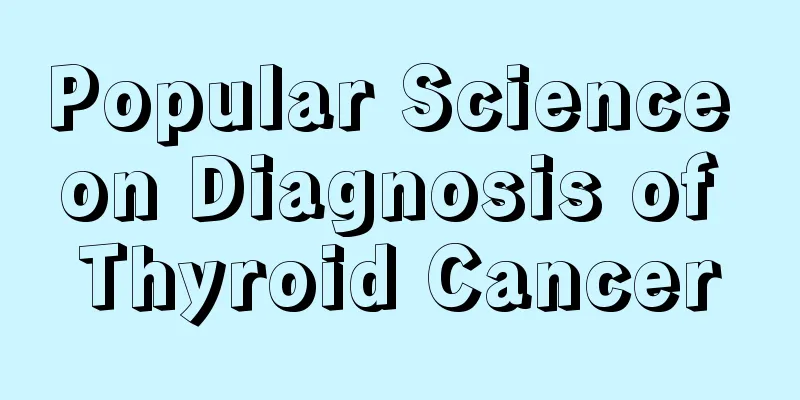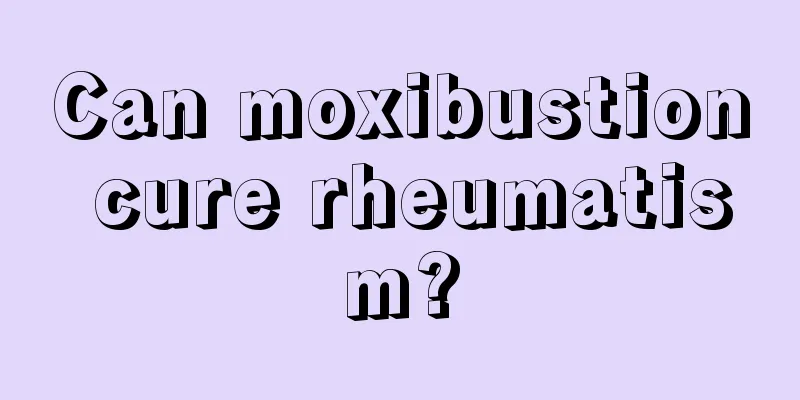Popular Science on Diagnosis of Thyroid Cancer

|
In recent years, the number of thyroid cancer patients has been rising sharply, and thyroid cancer diagnosis has become an important challenge for major hospitals to treat thyroid cancer. Below I will introduce the diagnosis methods of thyroid cancer to you, hoping to bring a lot of help to patients and their family members. Thyroid cancer is a malignant tumor. Its specific cause is still unclear, but relevant experts have confirmed that the onset of thyroid cancer is caused by multiple factors. Thyroid cancer accounts for about one percent of all cancers. In areas where endemic nodular goiter is prevalent, the incidence of thyroid cancer, especially poorly differentiated thyroid cancer, is also high. What are the methods for diagnosing thyroid cancer? However, these conditions can only serve as diagnostic clues for thyroid cancer, but not as a basis for diagnosis. Methods for diagnosing thyroid cancer: In clinical practice, we use B-ultrasound and color Doppler ultrasound as routine examination methods, combined with FNAB examination, to improve the preoperative diagnosis rate of thyroid cancer. In addition, with rapid frozen sections during surgery, the secondary surgery rate for thyroid cancer is only 5.3%. FNAB is a common method for diagnosing benign and malignant thyroid nodules. Fine needle aspiration cytology is currently used. Compared with traditional thick needle puncture or biopsy gun, it has less trauma and is less likely to cause cancer cells to fall off and metastasize in the puncture tract, which is easily accepted by doctors and patients. Of course, there are also data showing that 21% of FNAB diagnoses are uncertain and cannot determine whether thyroid lesions are benign or malignant. FNAB only makes diagnoses from a cytological perspective, and there are certain difficulties in the histological classification of tumors. False positives or false negatives may occur, especially for follicular carcinoma, which is actually unable to distinguish between benign and malignant lesions. Although color Doppler ultrasound examination is not specific for the diagnosis of thyroid cancer, it can help in the diagnosis of thyroid cancer by examining the nodule's edge, shape, echo, scattered tiny calcifications, blood flow velocity, resistance index, and detecting enlarged lymph nodes in the neck. Patients with high suspicion of malignant diseases should have nodules removed surgically as soon as possible. Although multiple nodules or single adenomas are benign lesions, some patients may develop secondary hyperfunction or cancer, so PET-CT is recommended. Because PET-CT is currently the most advanced way to examine tumors, it can determine whether thyroid cancer has metastasized and evaluate the treatment effect of thyroid cancer. It can also locate the specific location of thyroid cancer. The above are the most common diagnostic methods for thyroid cancer. I hope they will be helpful to all patients with thyroid cancer. I wish all patients a speedy recovery. |
<<: Effective Chinese medicine treatment for bile duct cancer
>>: What are the early symptoms of pituitary tumors
Recommend
Sequelae of cerebral hemorrhage in the elderly
Cerebral hemorrhage is also called cerebral hemor...
What causes bulging blood vessels in the calves?
People who work in positions that require standin...
Damp-heat dermatitis
The term damp-heat is often mentioned in traditio...
Why does my throat hurt when I swallow saliva?
My throat has been hurting recently, especially w...
Is poor liver function contagious?
Most liver diseases are hepatitis A and B, and li...
Serrated adenoma of the colon
The colon is a part of the human intestinal tract...
What are the signs of mitral regurgitation
Mitral regurgitation is actually a heart disease ...
What to do if the rice is not cooked
The rice cooker should be a very popular househol...
What is moderate fatty liver?
Patients with moderate fatty liver will have some...
Why do we need to make facial cleanser into bubbles when washing our face
Facial cleanser is a commonly used cleansing prod...
Can lung cancer be cured?
The treatment effect of lung cancer varies depend...
Can I have a mole removed?
Nowadays, more and more people are beginning to r...
What Chinese medicine should I take after chemotherapy for ovarian cancer? According to the symptoms
After receiving chemotherapy, patients with ovari...
The benefits of having sex during pregnancy
Everyone knows that women need to pay strict atte...
What are the causes of acne?
Acne, also known as pimples and blackheads, is a ...









